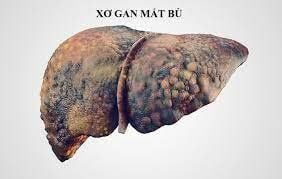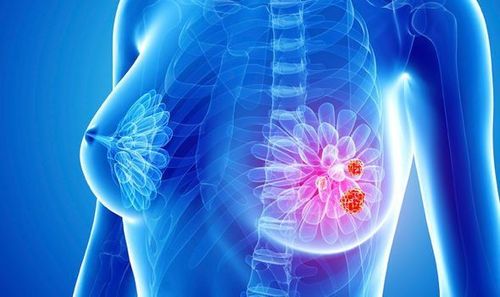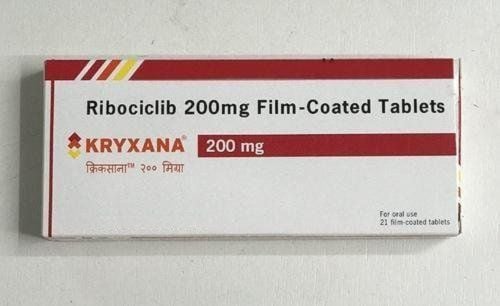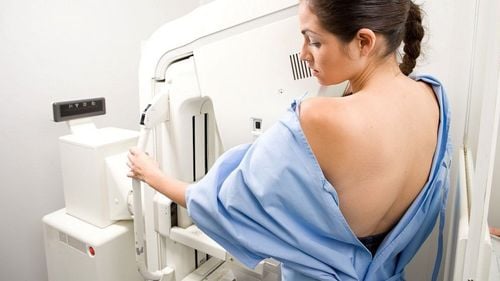This is an automatically translated article.
Video content is consulted by Master, Doctor Le Xuan Thiep - Department of Diagnostic Imaging - Vinmec Ha Long International Hospital
At Vinmec, there are currently 2 programs: Intervention for diagnosis and breast intervention for treatment: Diagnostic breast intervention includes: cytology, core needle biopsy, vacuum biopsy and wire needle positioning. . Therapeutic breast interventions include: Vacuum removal, treatment of breast abscess and treatment of mammary cysts.
For diagnostic breast intervention:
Fine needle aspiration is a very fast diagnostic method, which can be performed in all clinics, including those with simple equipment and quick diagnosis time. The birth of the interventional needle core biopsy method has opened up many new directions for this field. Similar to breast surgery, a core biopsy also allows a sample of cells from a suspected tumor area to be removed, and then tested to check if the cells in that area are malignant. as a cancer cell or not. The VABB vacuum-assisted breast biopsy in diagnostic breast intervention allows to obtain a tissue sample large enough for an accurate diagnosis and complete removal of the lesion under ultrasound guidance, with only 1 visit. needle piercing. The advantage of VABB is that it completely and accurately captures the lesion, avoids underdiagnosis, and reduces the mismatch between imaging and histology. The results of your pathology will help your doctor decide if you need breast surgery or other treatment. Pinpoint localization of non-palpable breast lesions and mammography to remove localized lesions for histopathology are the gold standard for breast cancer diagnosis, the determination of lesion location is the measurement of size from the X-ray film taken, then a local needle will be inserted. With the development of X-ray-guided localization techniques to increase positioning accuracy, breast lesions were compressed and fixed on the imaging table. After that, the development of ultrasound-guided localization technique has been increasingly developed and brought many good results. For therapeutic breast intervention:
This breast tumor removal method is used in benign tumors (fibroids, long-standing inflammatory lesions) ultrasound to diagnose if the lesion is really What, the doctor will evaluate and prescribe the method of vacuum suction. Treatment in 1 session, the patient will be given local anesthesia, a 3mm skin incision tool and a specialized instrument. With the help of vacuum suction, the machine will remove the tumor and bring it out according to the 3-5mm skin incision. Then the whole tumor will be removed under the guidance of ultrasound, will not miss the tumor and not be mistakenly cut into the benign parenchyma, and the amount of blood loss can be controlled. Treatment of mastectomy: Under the guidance of ultrasound, the cystic fluid will be completely aspirated, then the doctor will inject a cysticide (usually absolute alcohol) with a volume of about 90%, wait for a while. time and then withdraw completely. Patients will be followed up after treatment, this method of breast intervention is safe and usually has a success rate in about 80% of cases. In contrast to conventional aspiration, the recurrence rate of cysts after aspiration is usually 80%.
Please dial HOTLINE for more information or register for an appointment HERE. Download MyVinmec app to make appointments faster and to manage your bookings easily.













